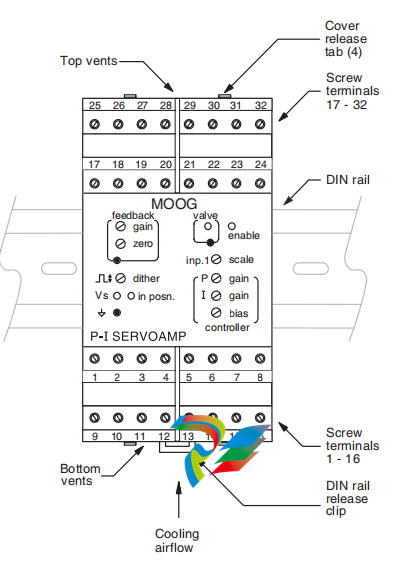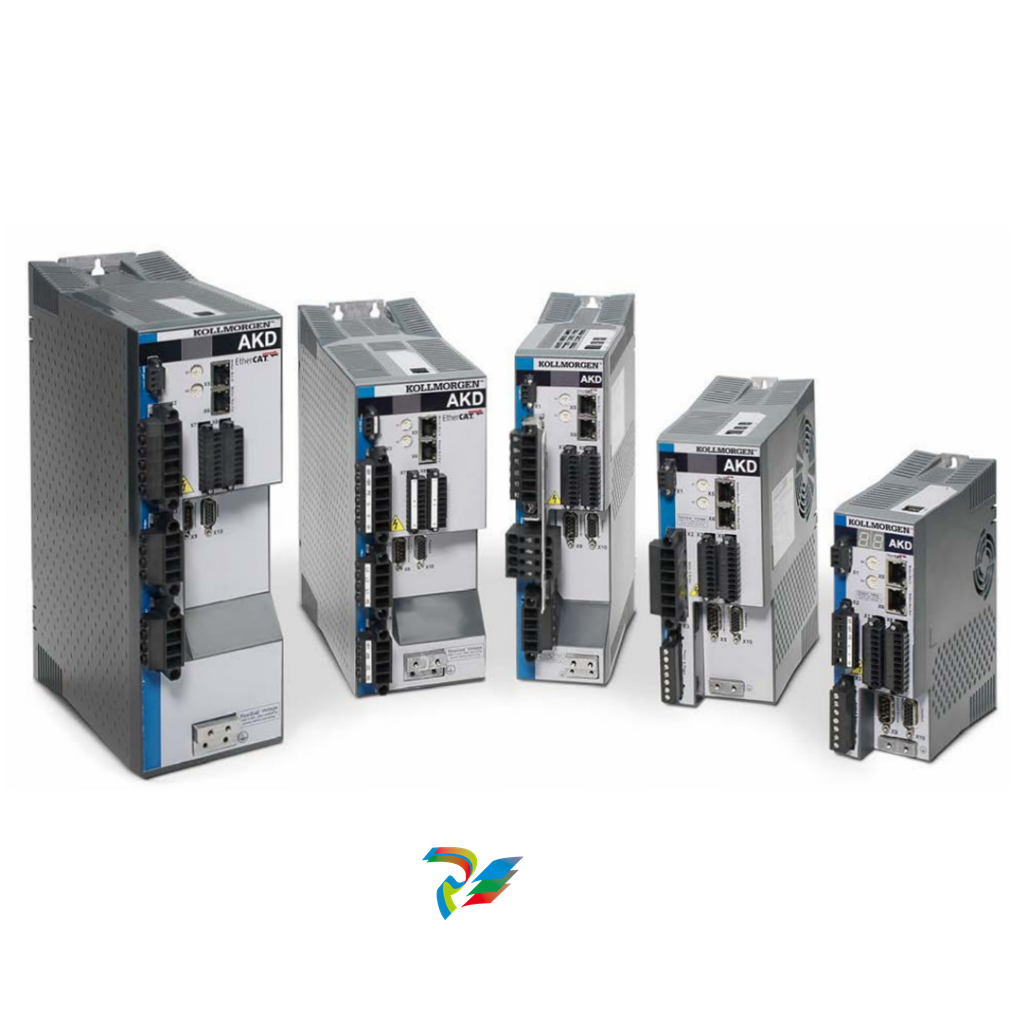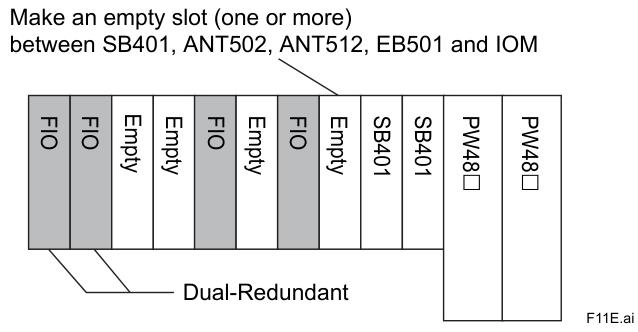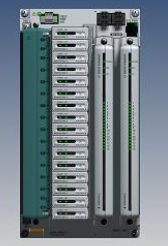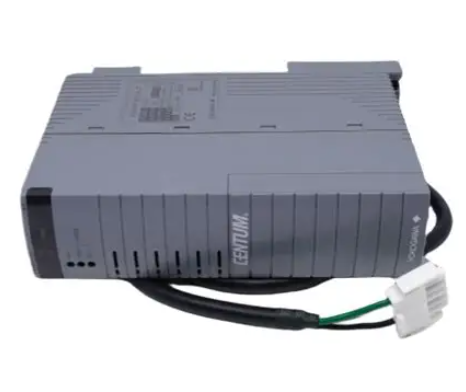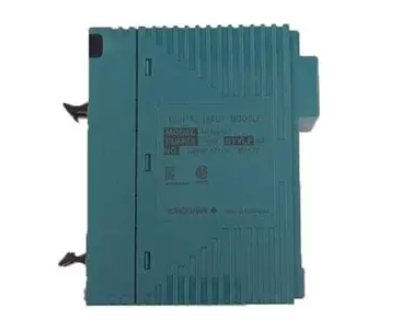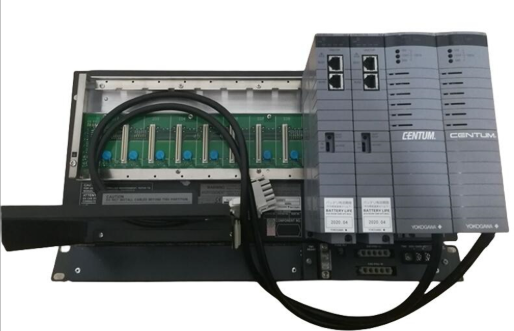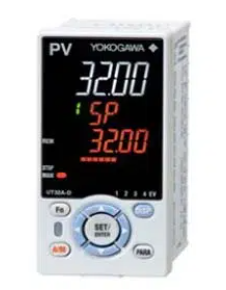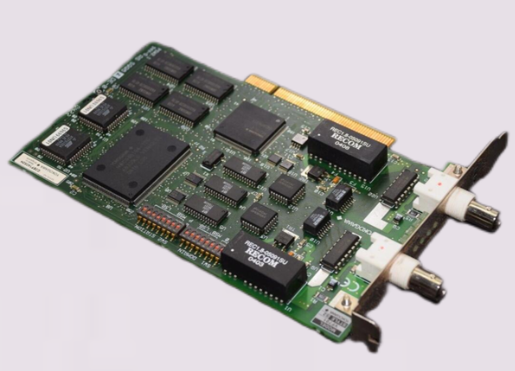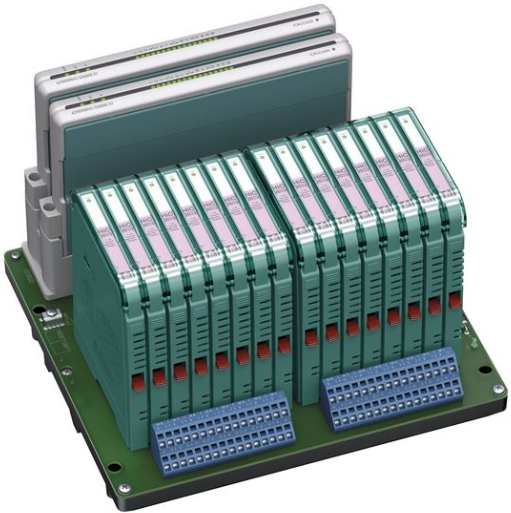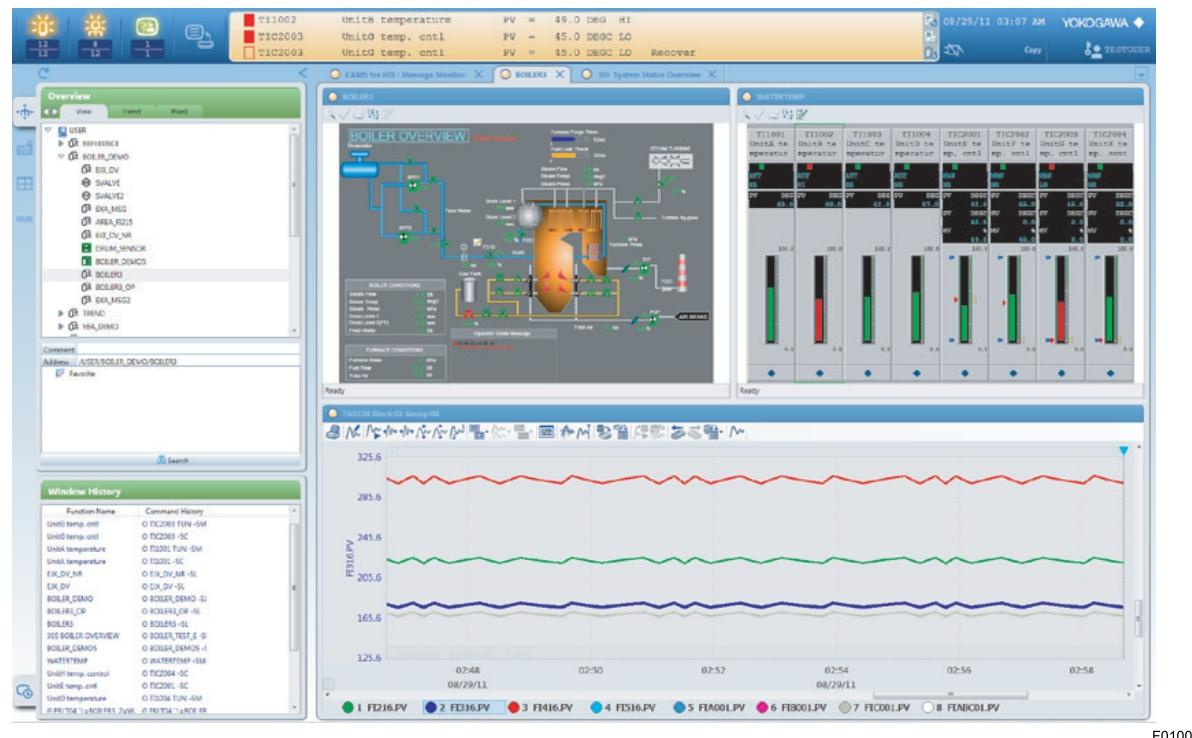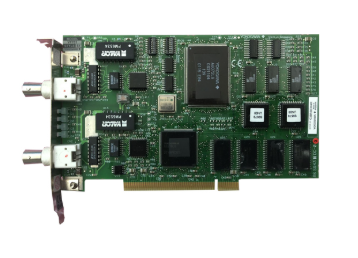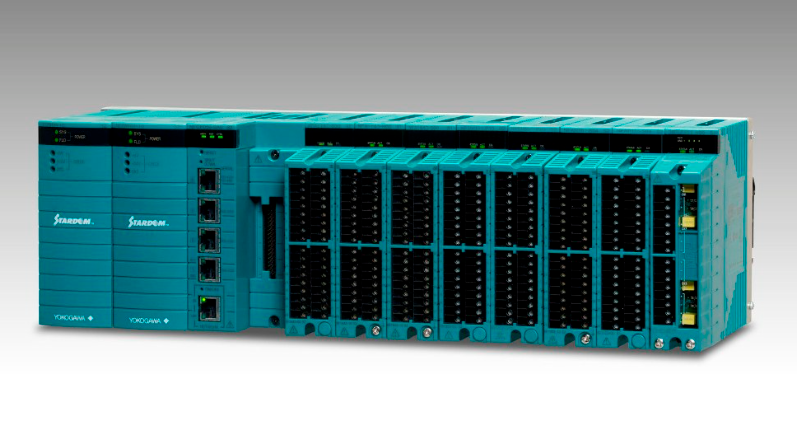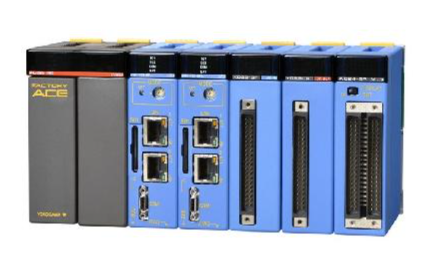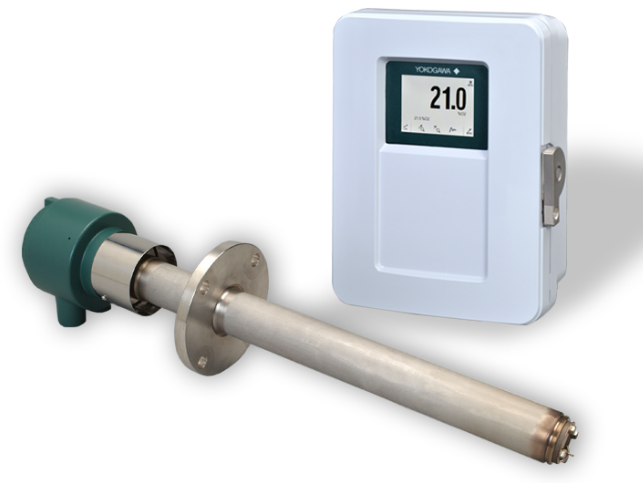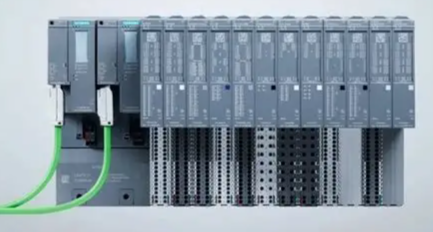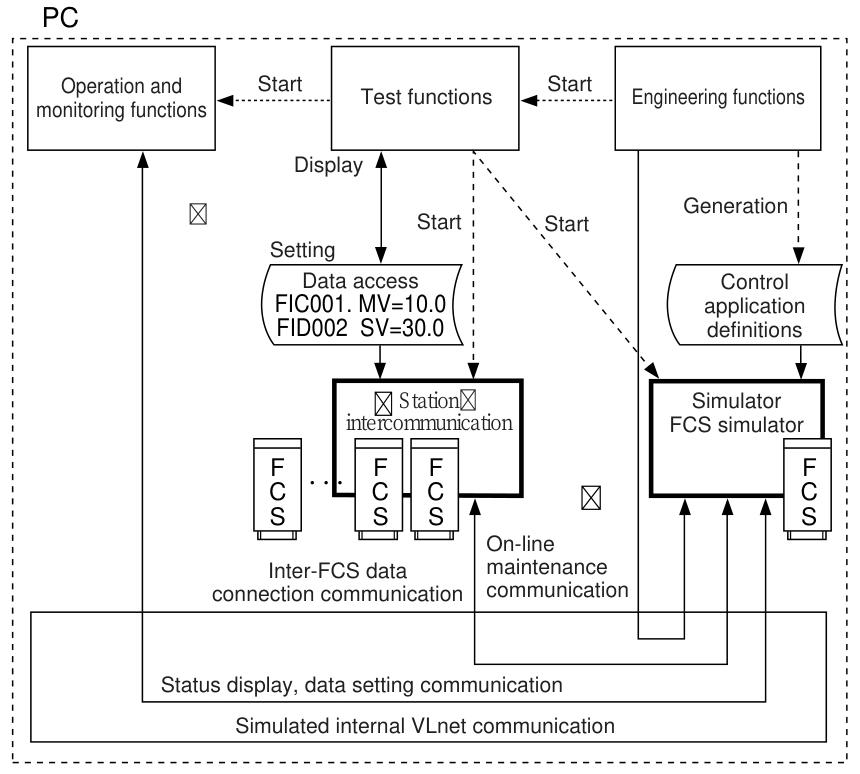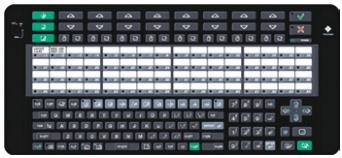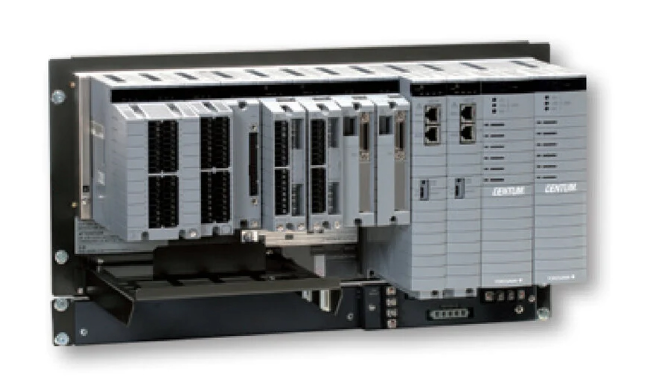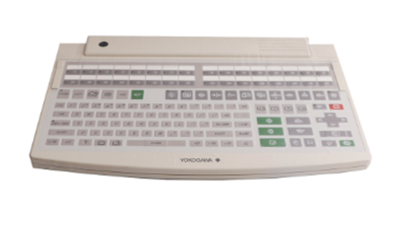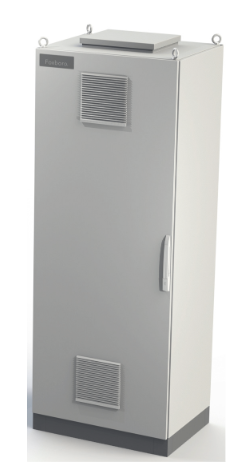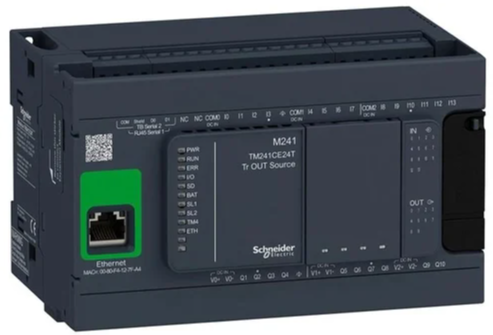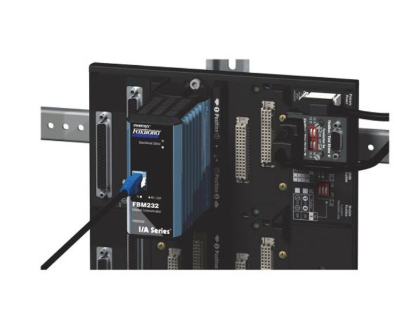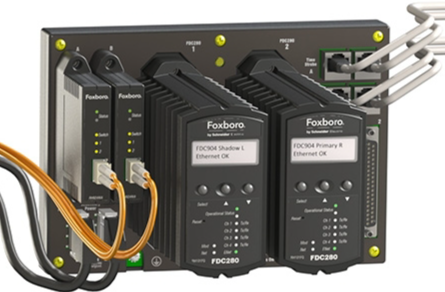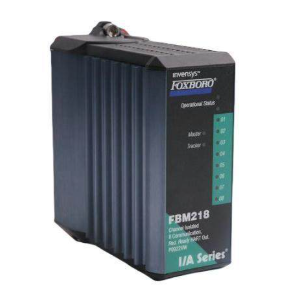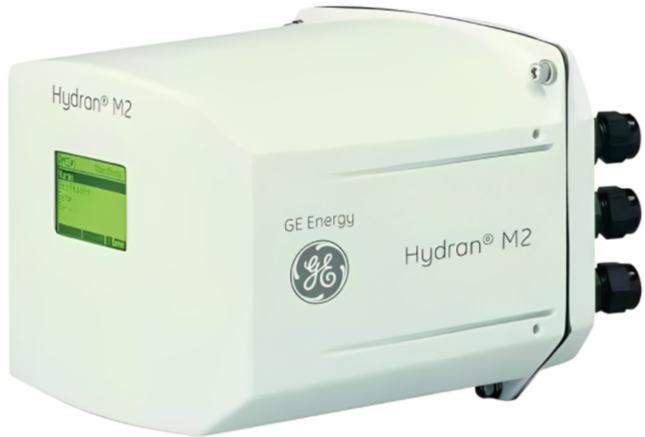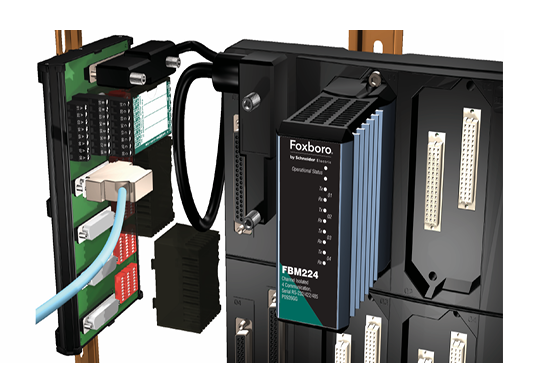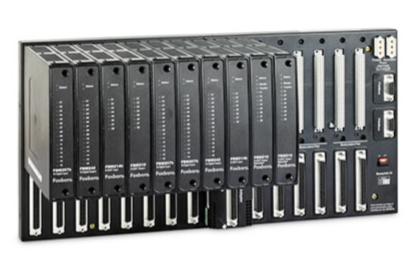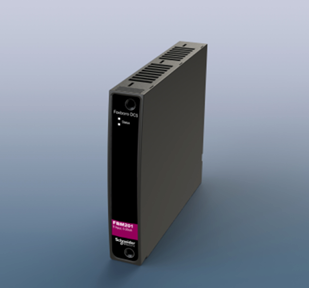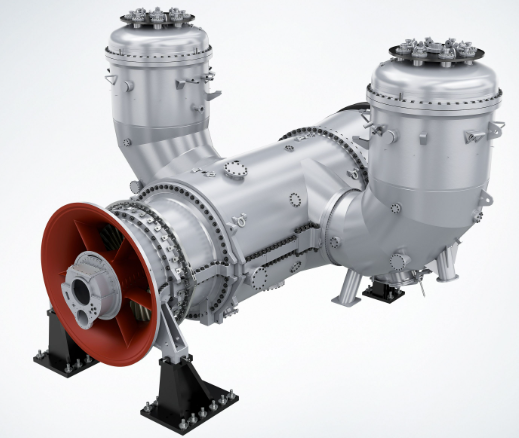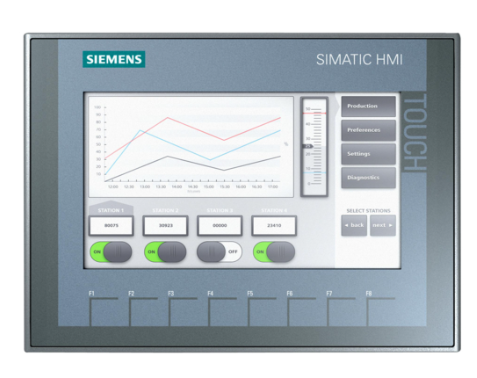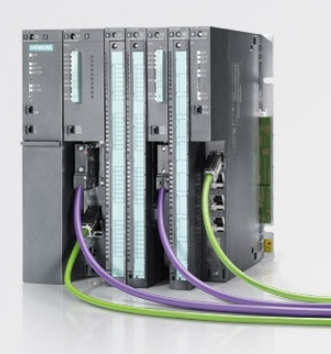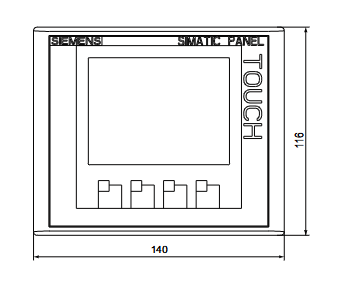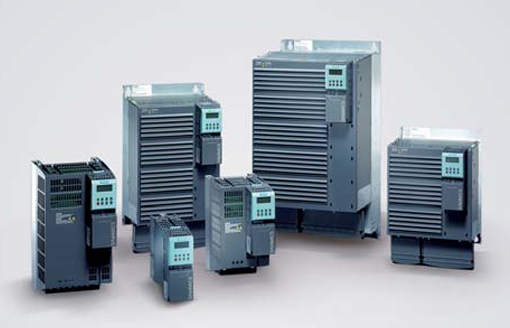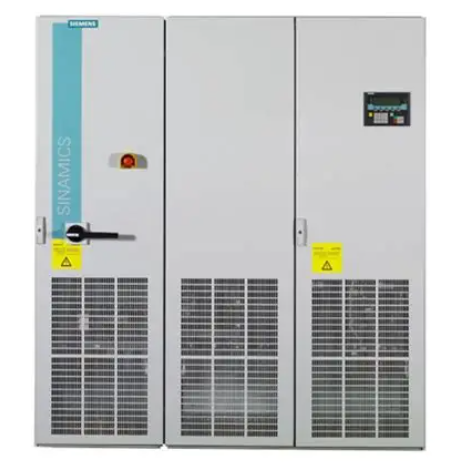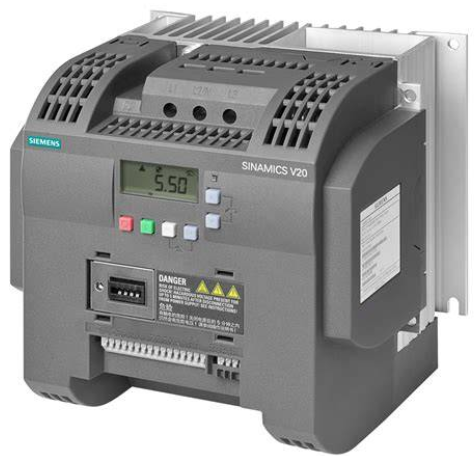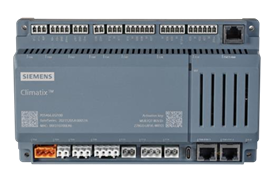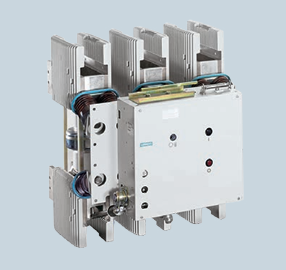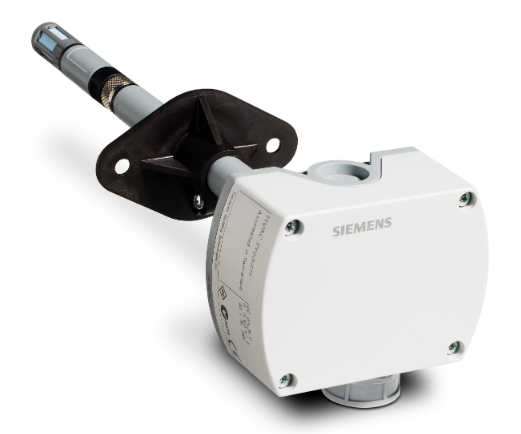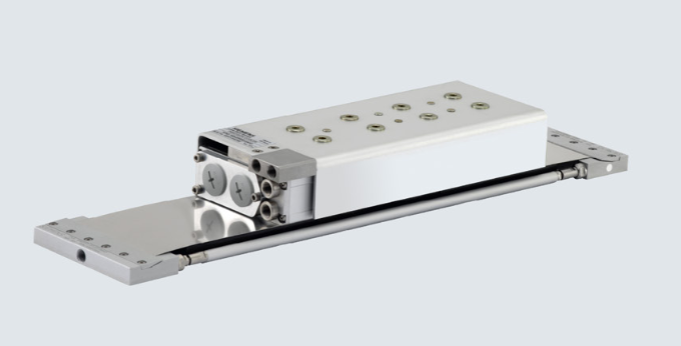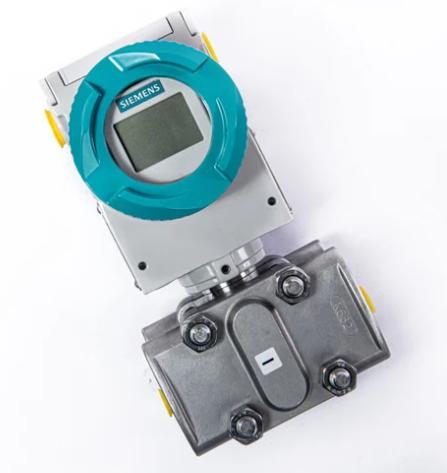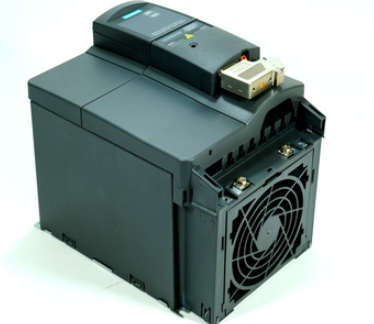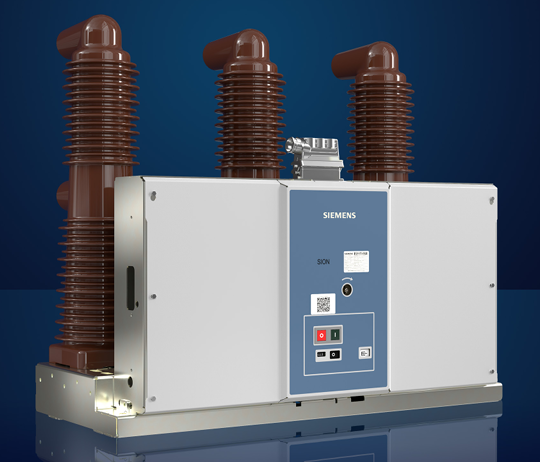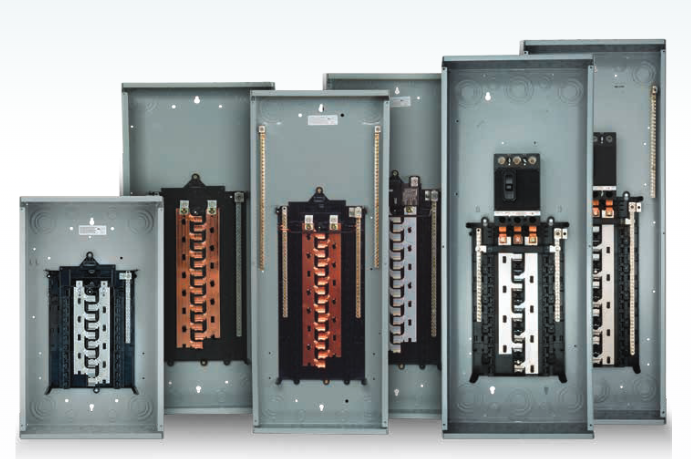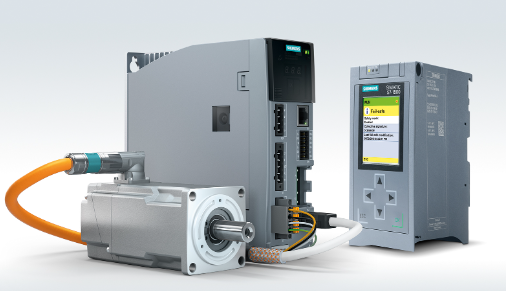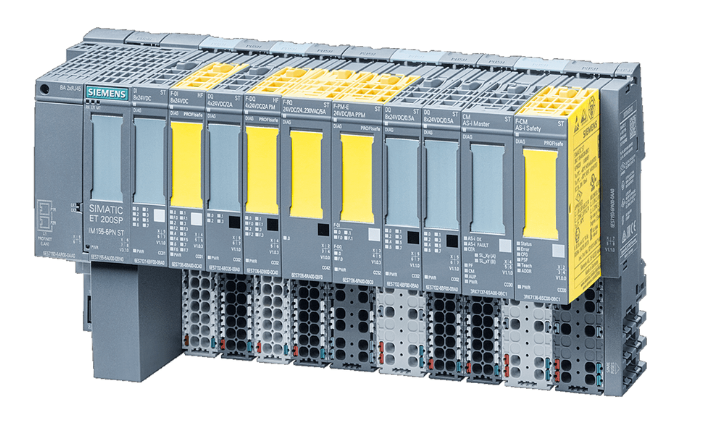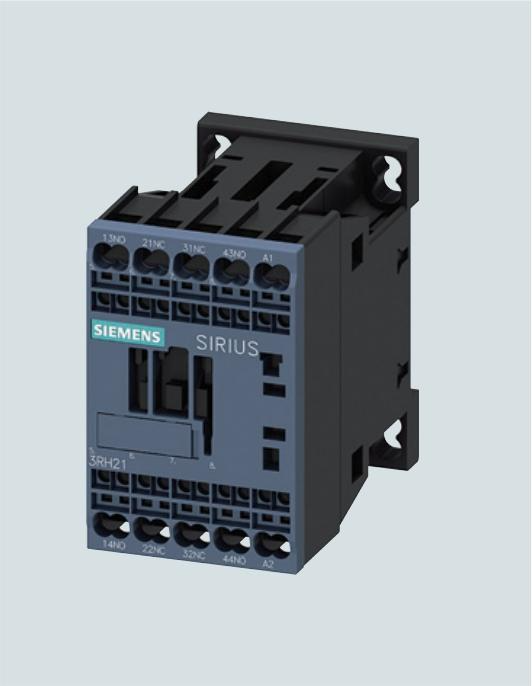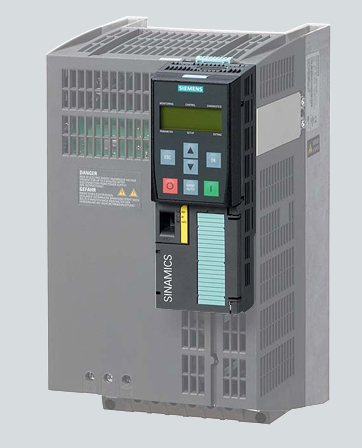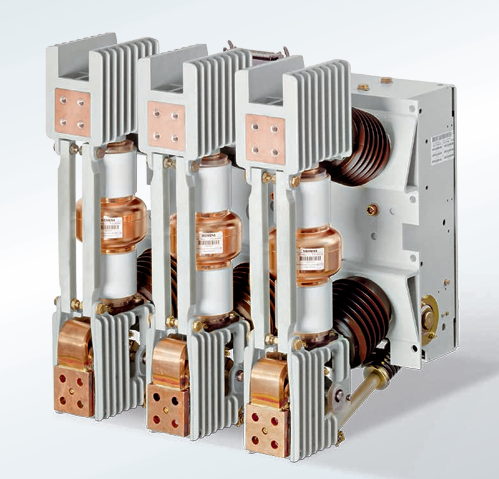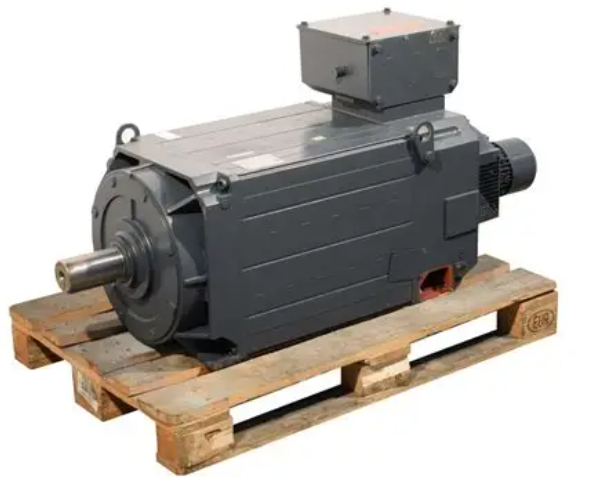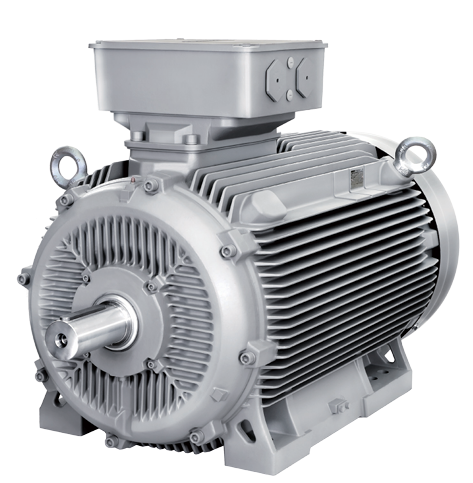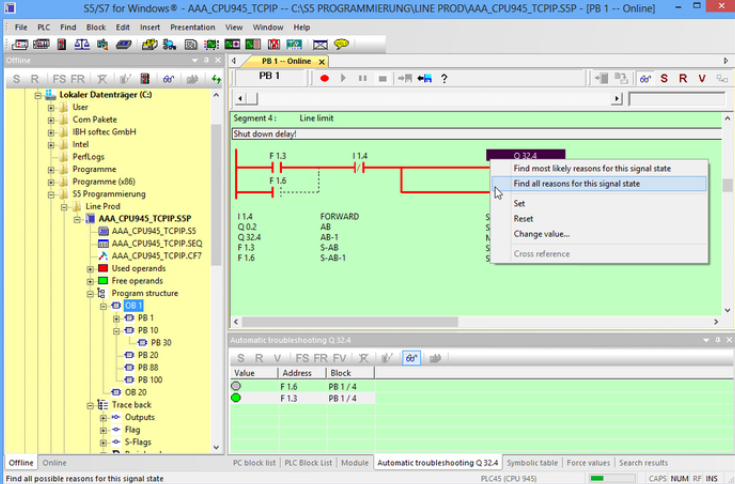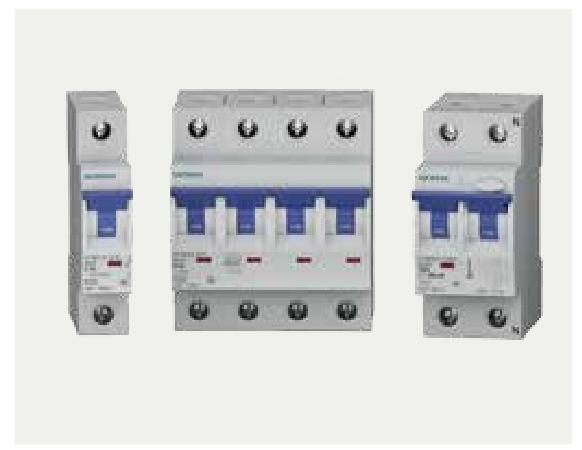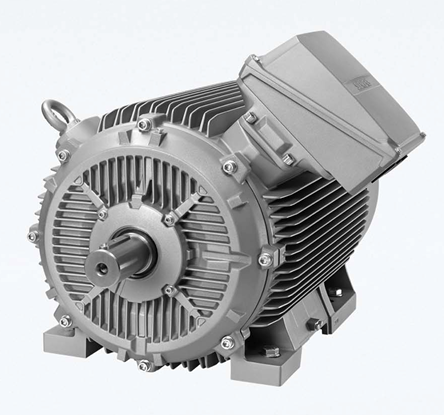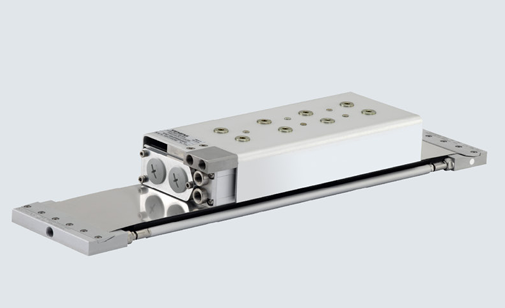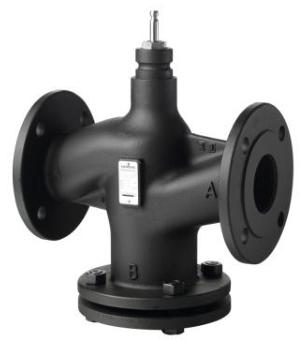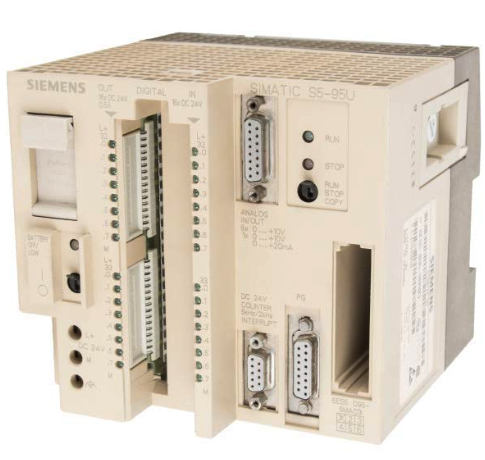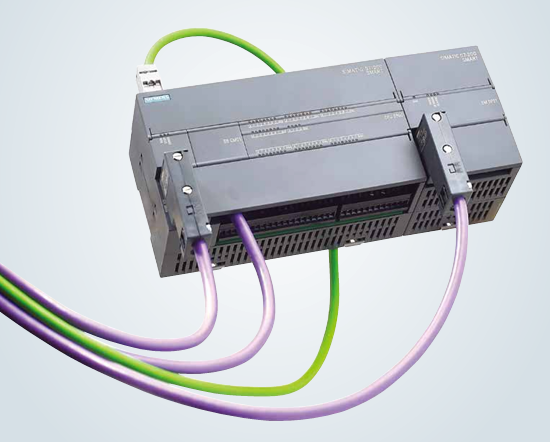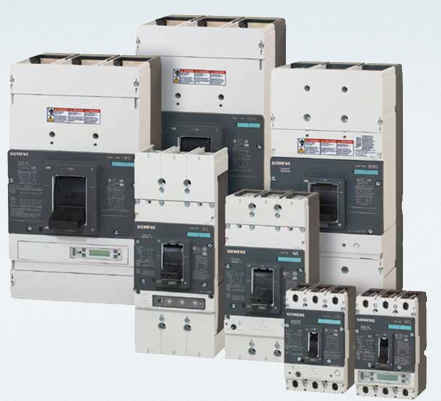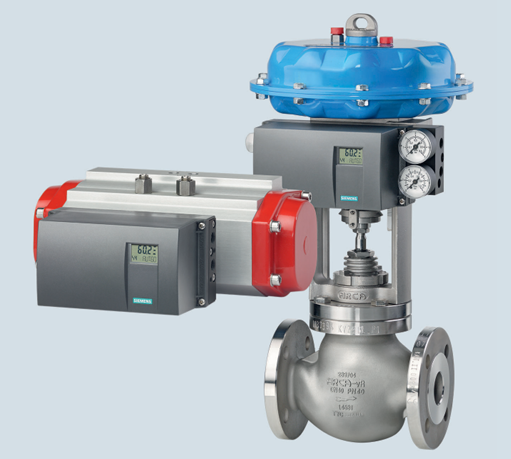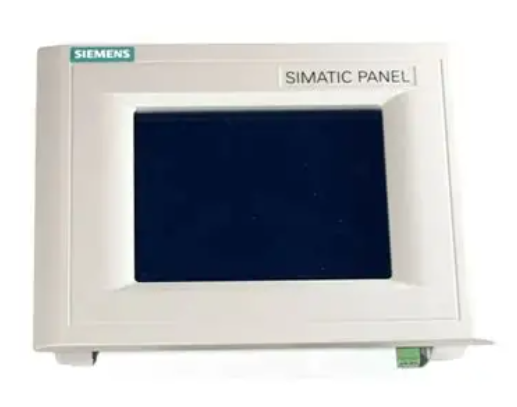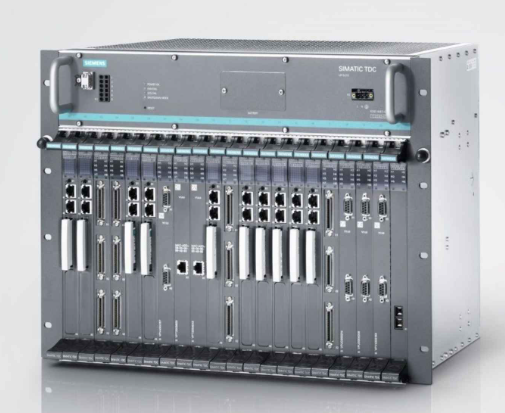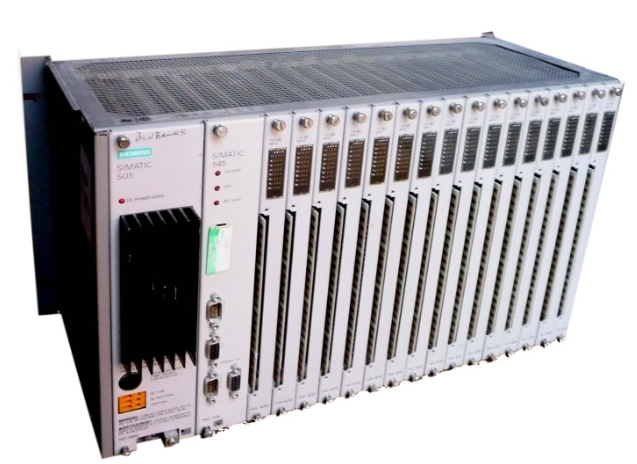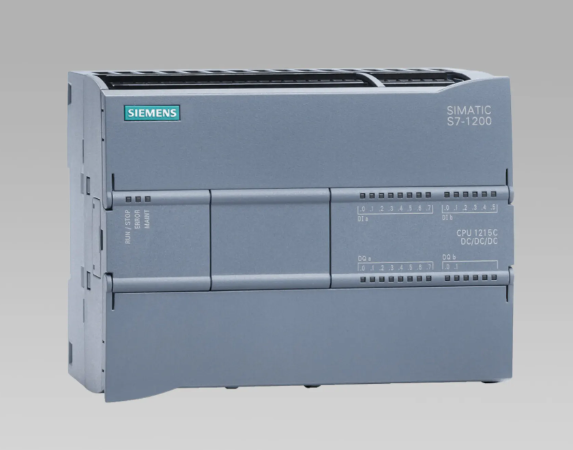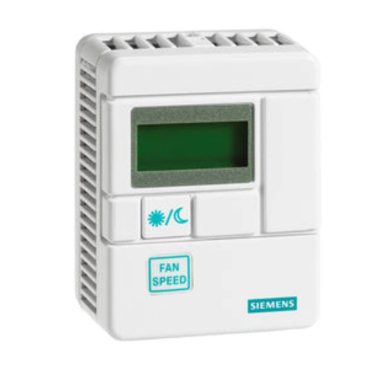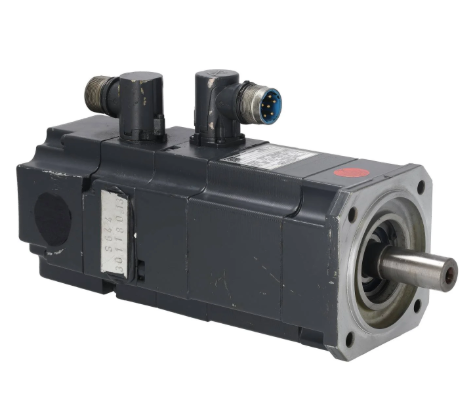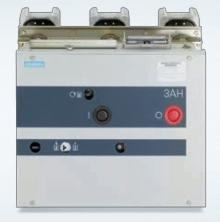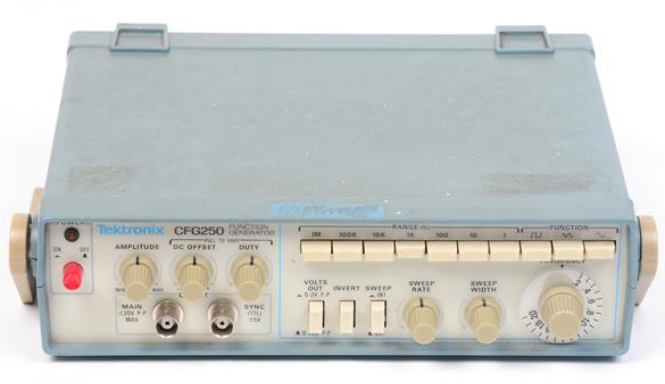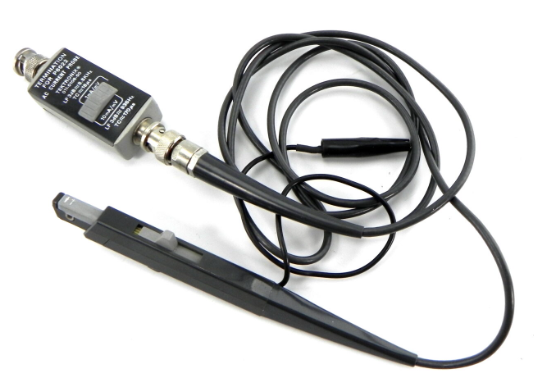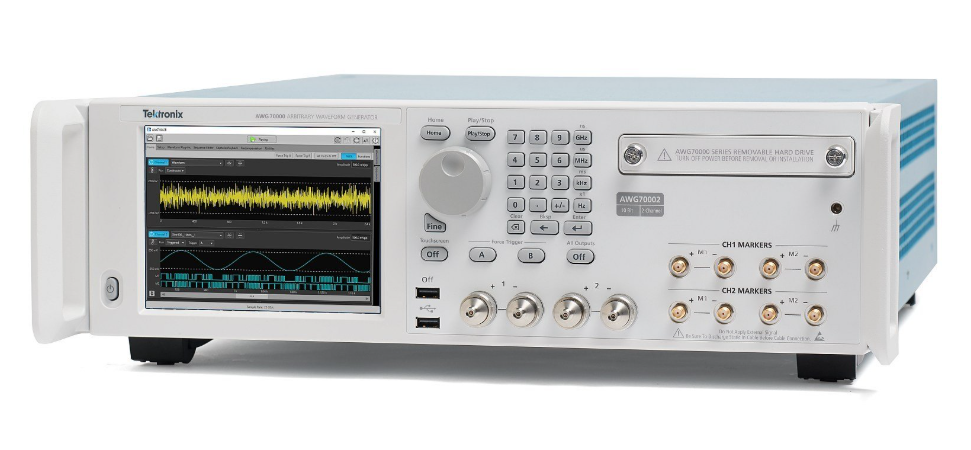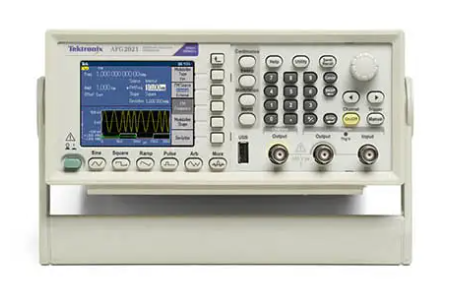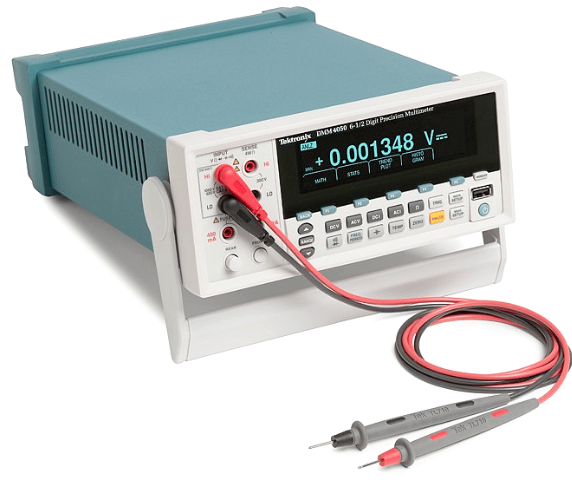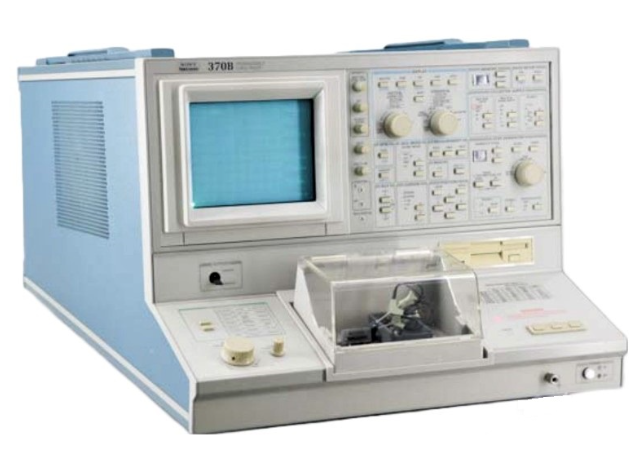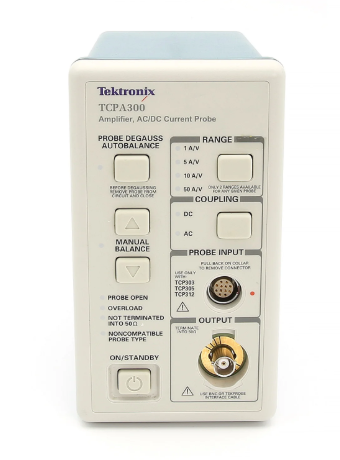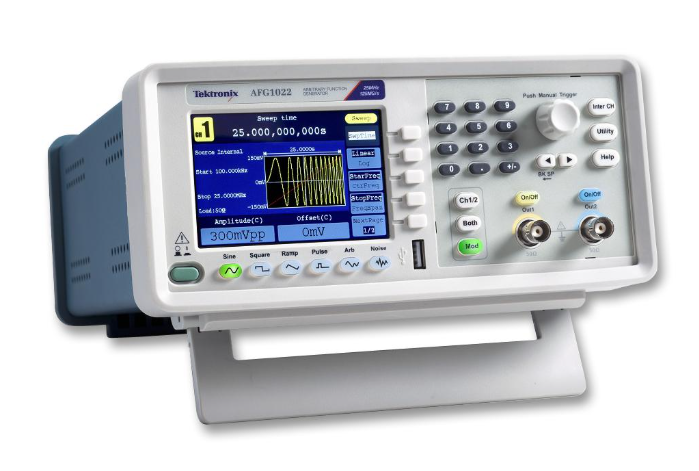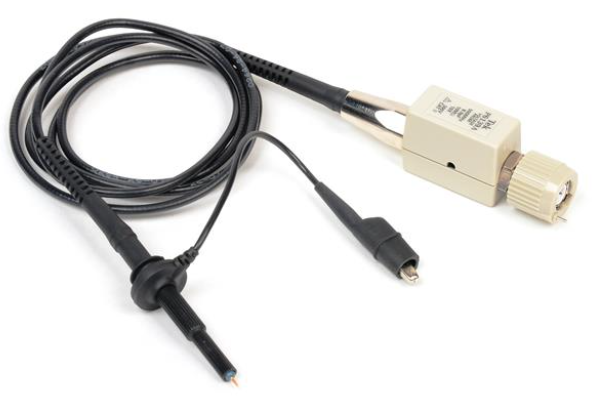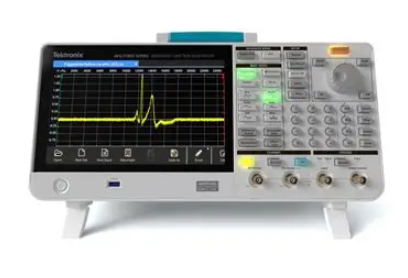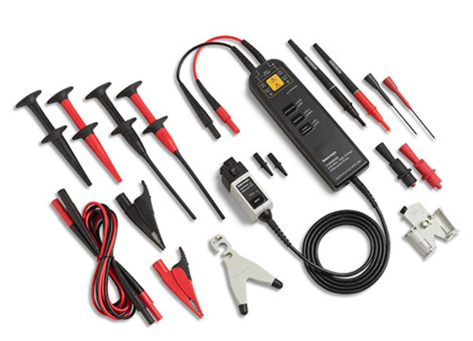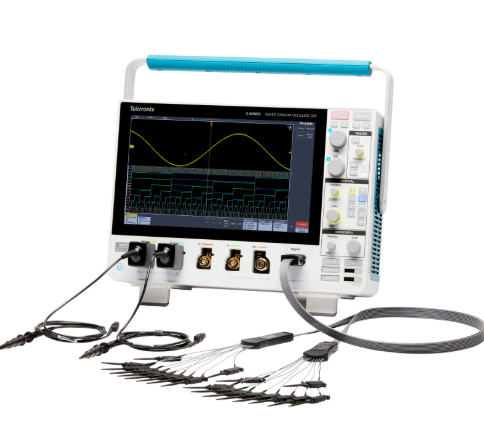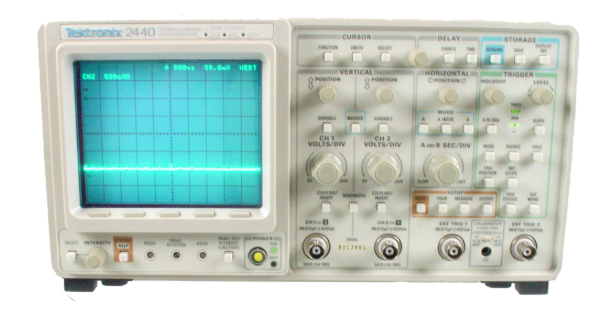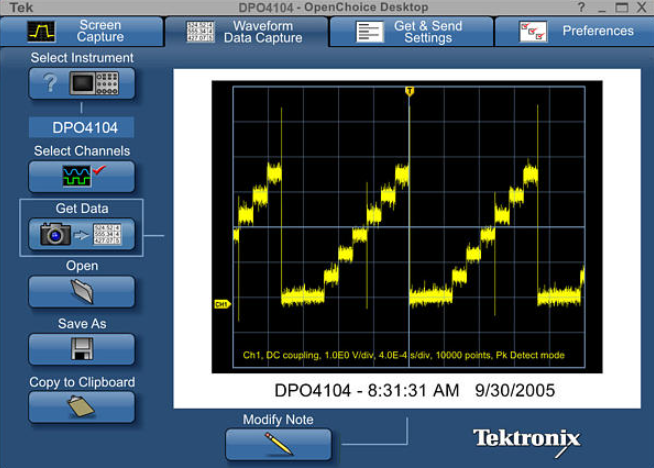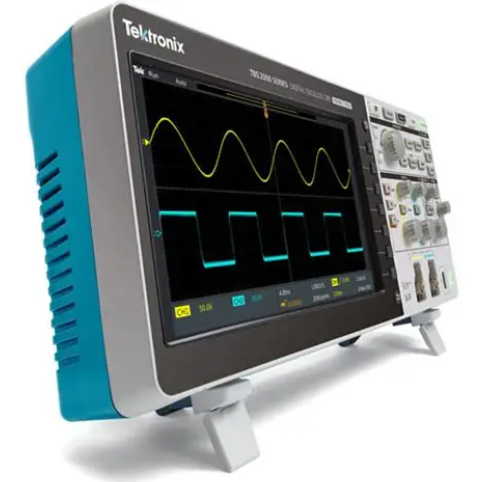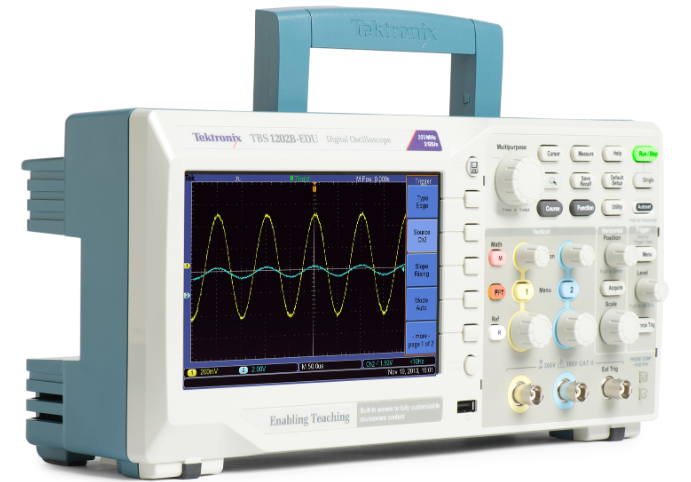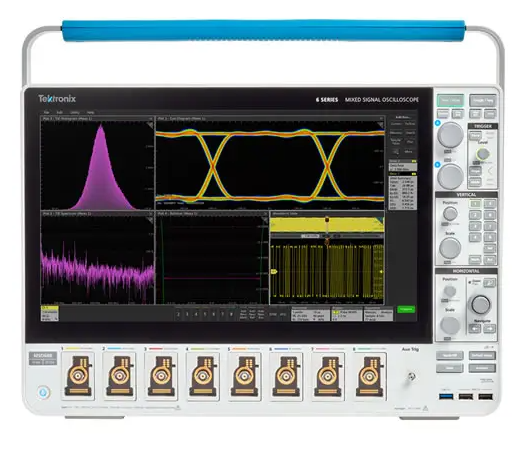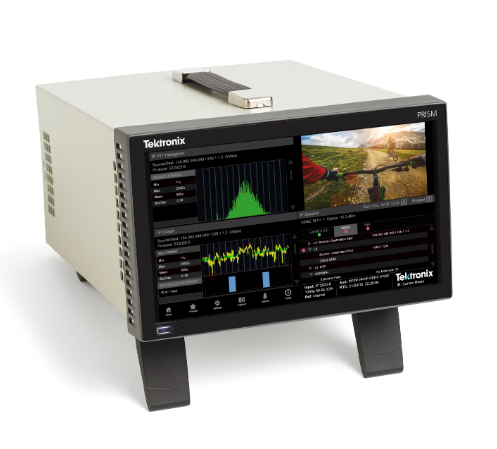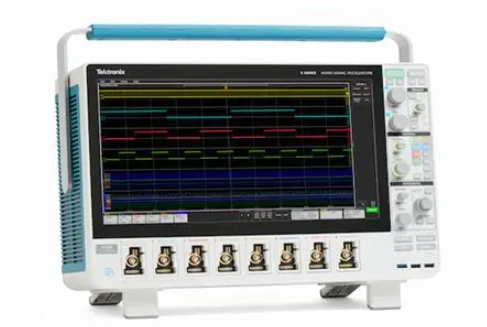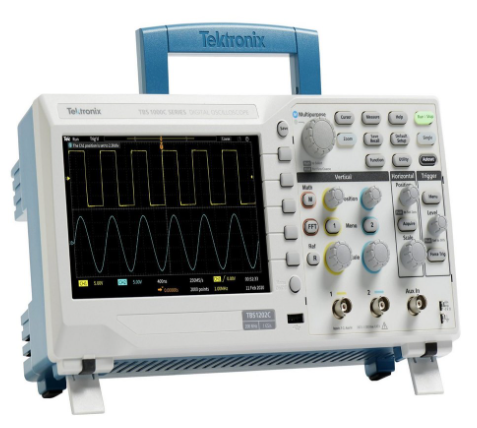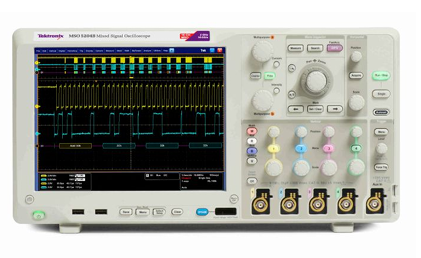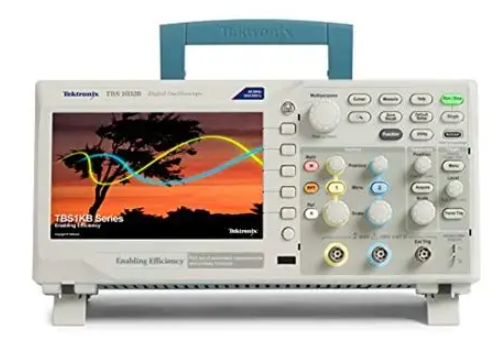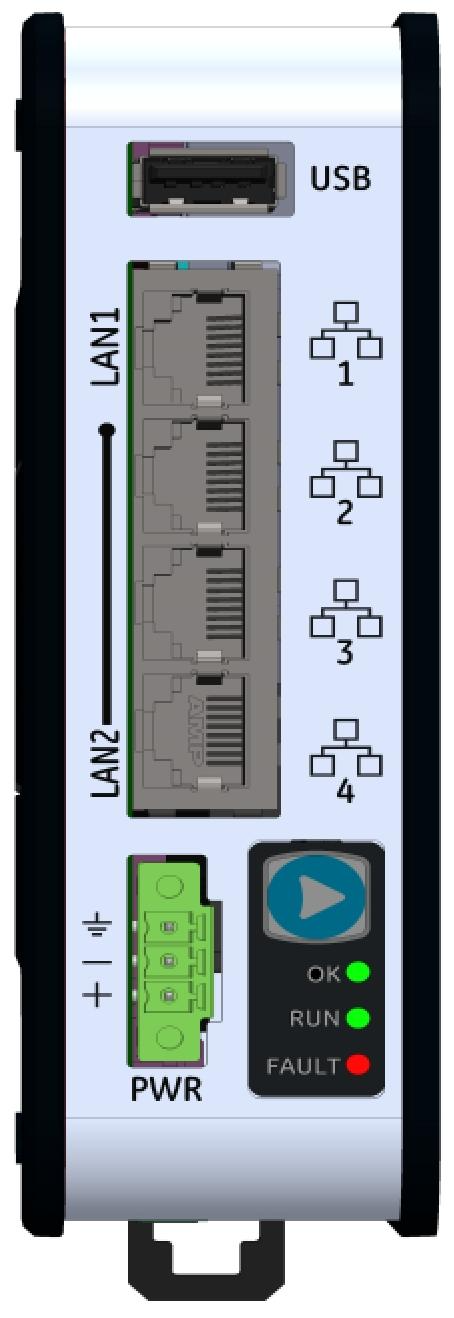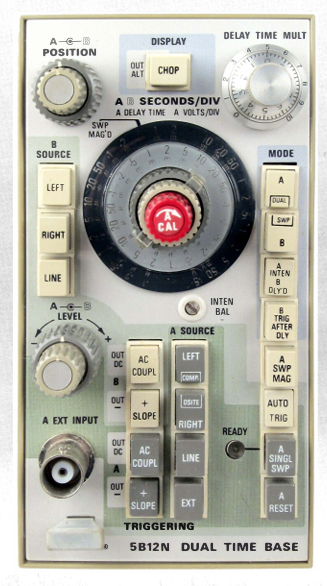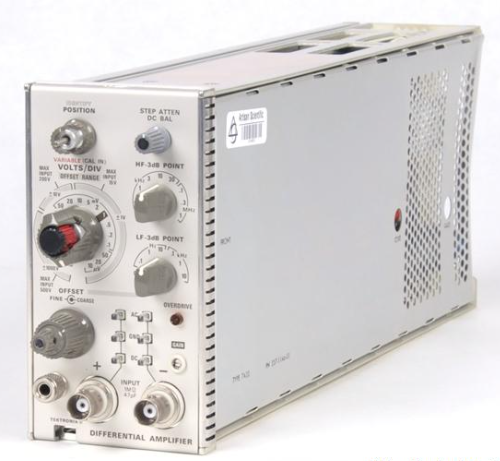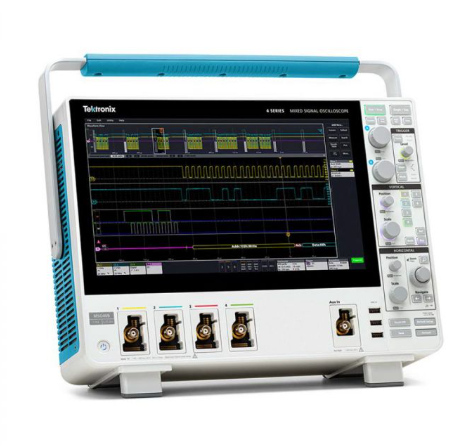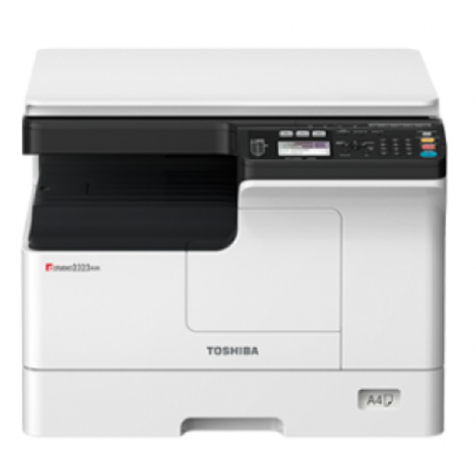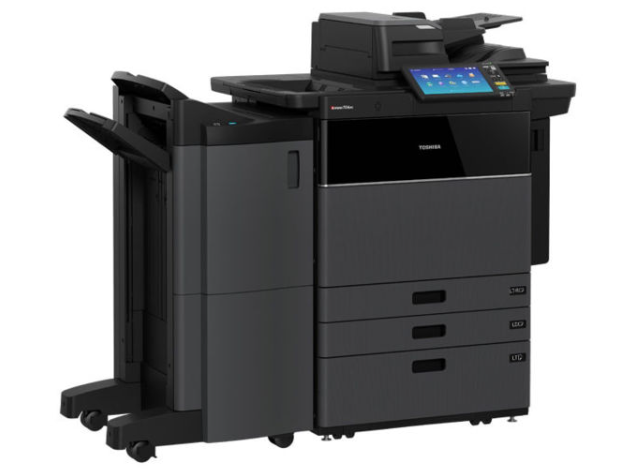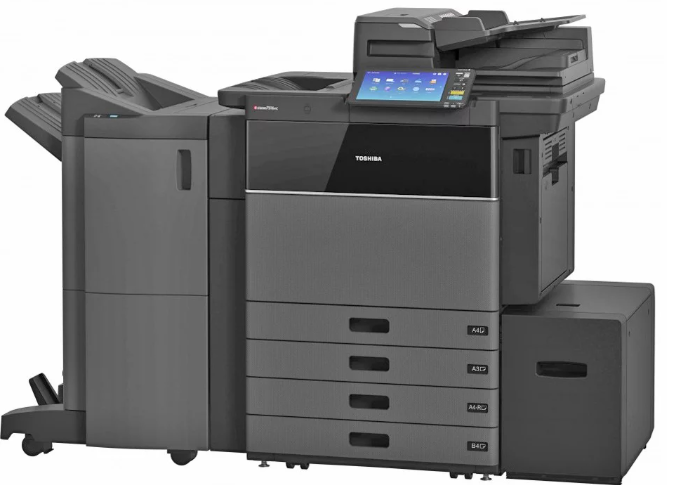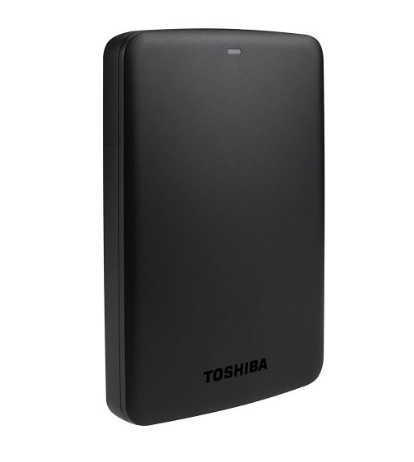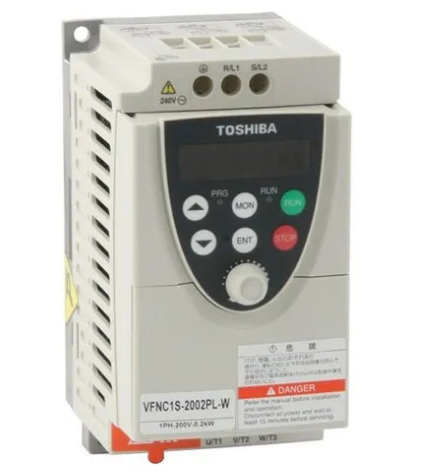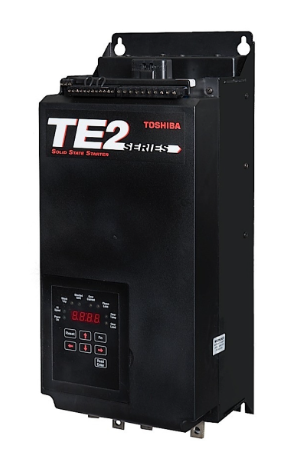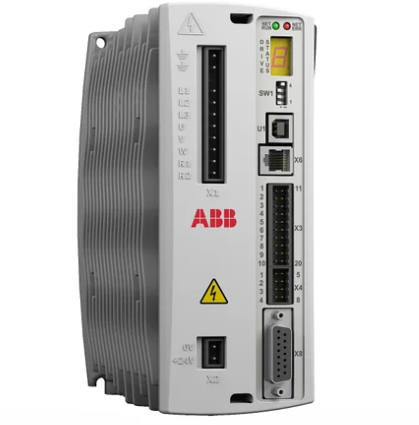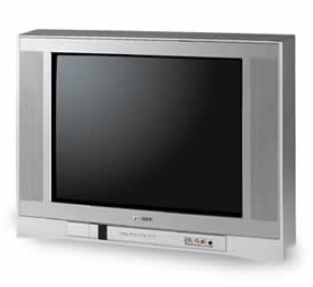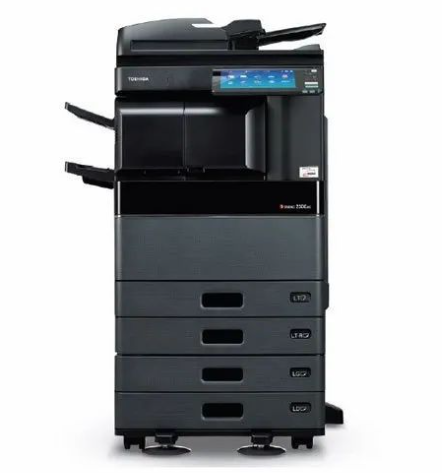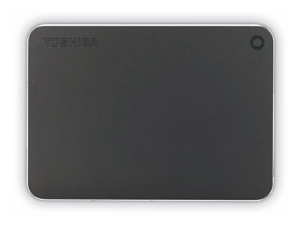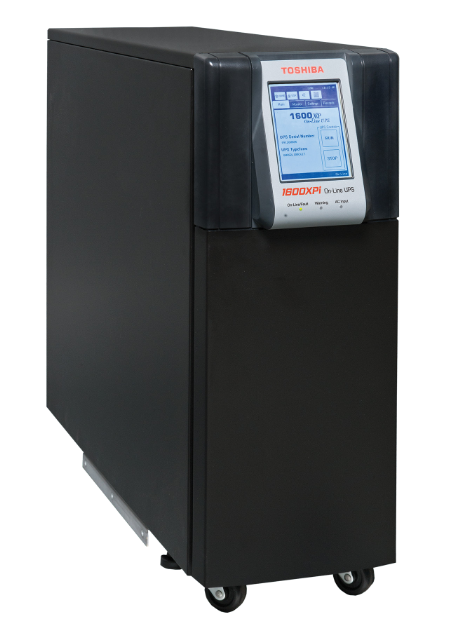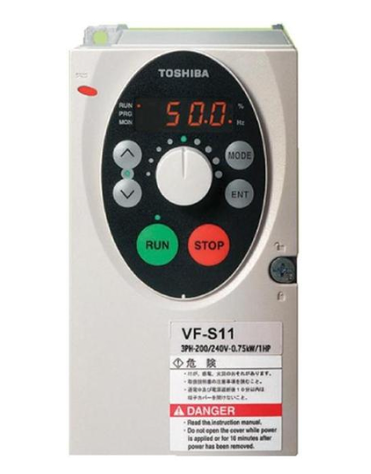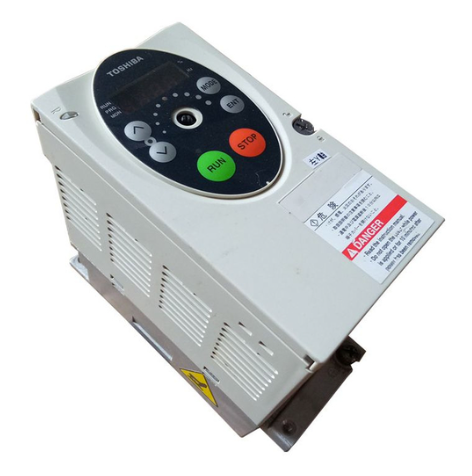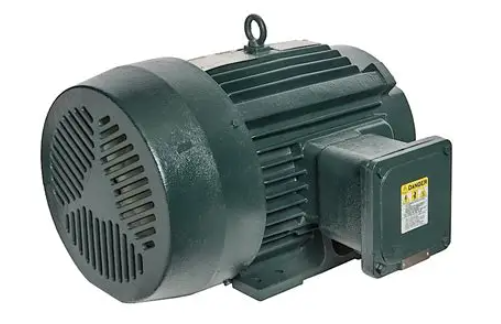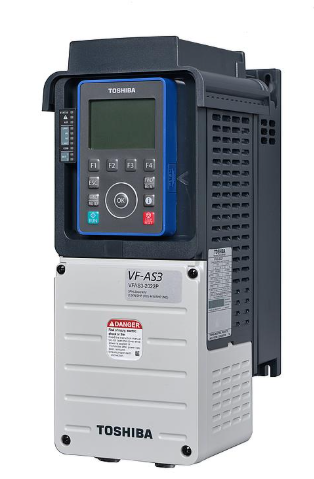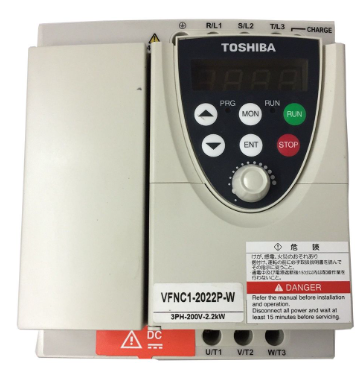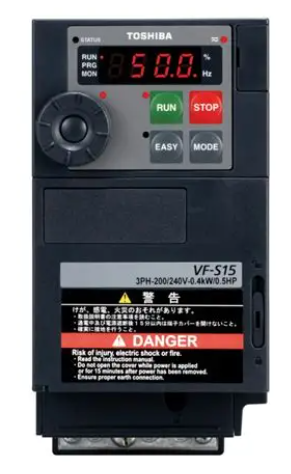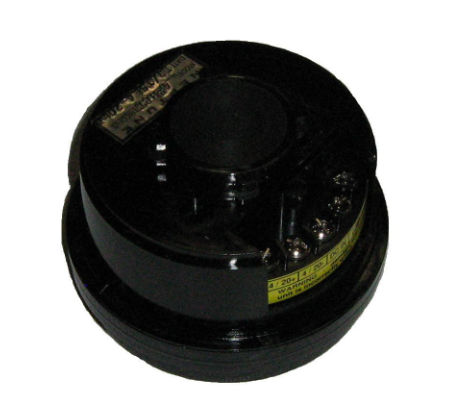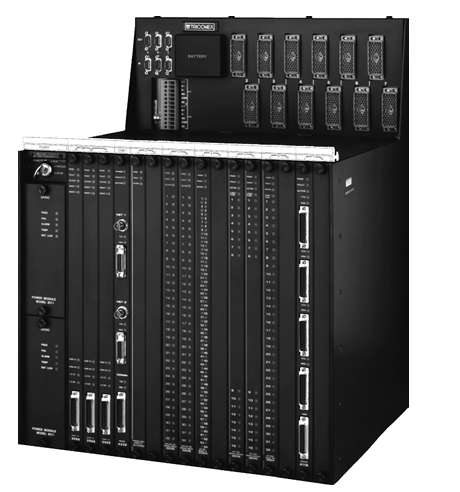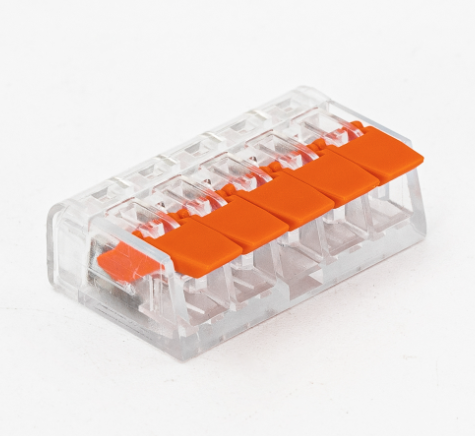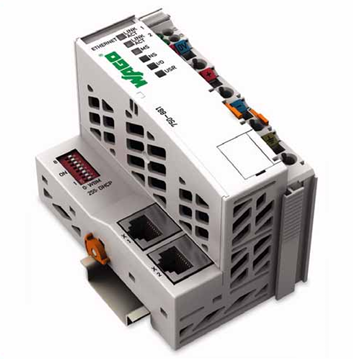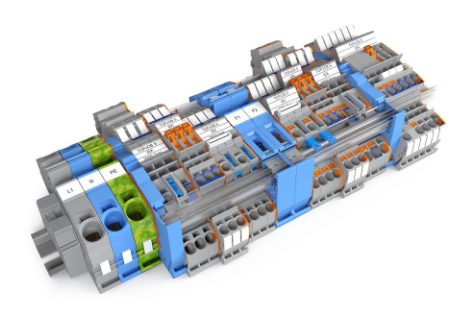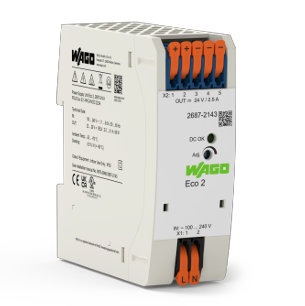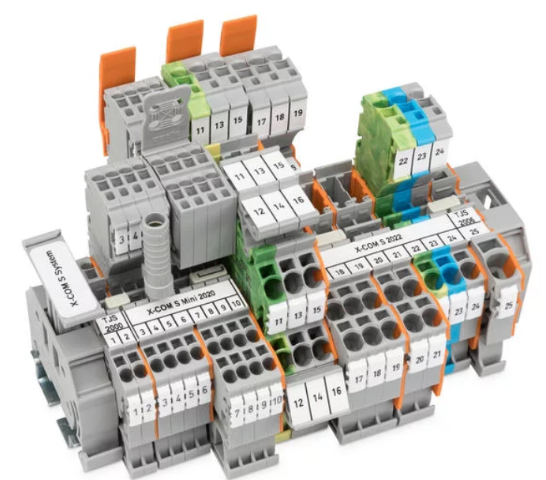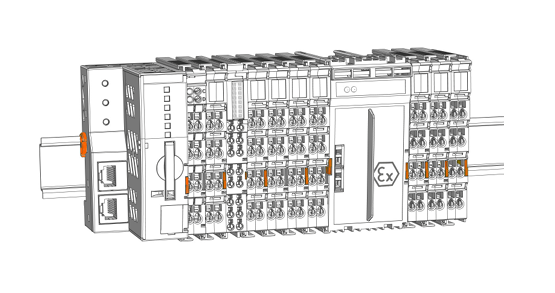

K-WANG
+086-15305925923
Service expert in industrial control field!
Product
Article
NameDescriptionContent
Adequate Inventory, Timely Service
pursuit of excellence


Ship control system
Equipment control system
Power monitoring system
Current position:
Brand
Product parameters
- Telephone:+86-15305925923
- contacts:Mr.Wang
- Email:wang@kongjiangauto.com
Description
The DC Output Module provides 16 current-sinking outputs in two groups of eight points per group. The
two groups are isolated from each other; outputs are non-isolated within each group. Current sinking
means that a positive voltage potential is continuously applied to one side of each DC output load, and the
negative side of the load is switched internally in the module. SIL applications require an external series
relay used to ensure outputs achieve failsafe action. See HC900 Process & Safety Controller Safety Manualfor additional details.
Honeywell Terminal board jumpers (10, ten pos.jumpers) Note 4 900J10-0001
Figure 59 – Contact Input Wiring DiagramDC Output Module Wiring
The DC Output Module provides 16 current-sinking outputs in two groups of eight points per group. The
two groups are isolated from each other; outputs are non-isolated within each group. Current sinking
means that a positive voltage potential is continuously applied to one side of each DC output load, and the
negative side of the load is switched internally in the module. SIL applications require an external series
relay used to ensure outputs achieve failsafe action. See HC900 Process & Safety Controller Safety Manual
for additional details.
Specifications for this module and for other modules are given in the Specifications manual. Examples of
DC Output wiring are shown in Figure 60 - DC Output Module Wiring Diagram
Over-Current Protection
Electronic high-current and high-temperature limiting provides overload protection; resets after cycling
power. Conventional external fuses may be used if desired
Reverse-Polarity Protection
A potential of 34 Volts will cause no damage to the module; a reverse polarity power supply connection
allows continuous current flow to the loads that are not controlled by the On/Off state of the output circuits.
Jumper Comb
Two-position jumper combs are available (as an option for barrier style terminal blocks only) for
connecting digital common wiring between terminals 10 and 12, and for connecting +24Vdc between
terminals 9 and 11. See Figure 61.
+V Terminals
The +V1 (terminal 9) and +V2 (terminal 11) are the positive power supply input to power the output
circuits for the two groups of eight inputs per group. The +V supply must provide minimum 24 Vdc at 65
mA (min) per group.
Hazardous voltages exist at terminal blocks.
Using switches at field devices disconnect the field wiring from power sources before servicing.
Failure to comply with these instructions could result in death or serious injury.
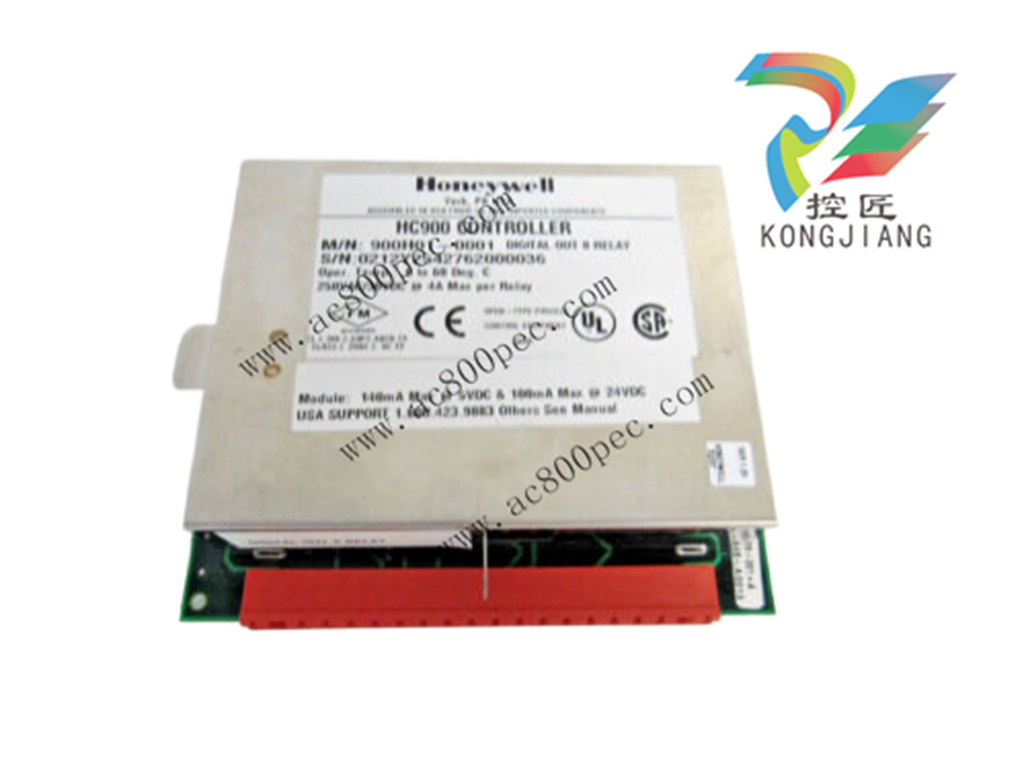
32 point DC Output Wiring
The DC digital Output module provides 32 externally powered outputs in 2 groups of 16 (Figure 62). The
outputs are high side switching (current sourcing) type. Over-current protection is provided for each
channel, in 4 groups of 8 channels. In case of short circuit for any output channel, that whole group of 8 is
switched off. Power cycling is not required to reset the module. SIL applications require an external series
relay used to ensure outputs achieve failsafe action. See HC900 Process & Safety Controller Safety Manual
for additional details.
A green LED on the module provides indication of an ON state for each output.
Requires Low Voltage Euro style 36-terminal terminal block.
Figure 62 – 32 point DC Output Module Wiring
AC Output Module Wiring
The AC Output Module provides eight output circuits. Each output is isolated from the other outputs. An
example of AC output wiring is shown in Figure 63. Specifications for this module and for other modules
are given in the Specifications manual. SIL applications require an external series relay used to ensure
outputs achieve failsafe action. See HC900 Process & Safety Controller Safety Manual for additional
details.
Output Loading
Voltage: 85 to 240 Vac
Maximum per output: 2.0A resistive load
Maximum per module: 8.0A
NOTE
When exceeding 1.0 A per output, it is recommended (but not required) to connect the high current loads to every other output - for example, outputs 1, 3, 5, 7 or 2, 4, 6, 8. This distributes
heat more evenly across the heat sink.
Jumper Comb
A ten-position jumper comb is available for inter-connecting all L1 (Hot) terminals (1, 3, 5, 7, 9, 11, 13, 15,
17, 19). See Figure 64.
Replaceable Fuses
Each output circuit on the AC Output Module includes a (plug-in) replaceable fuse.
Replacement fuse is from Wickmann, part #3741315041. This is a 3.15 Amp time lag fuse with UL/CSA
approval for 250 VAC.
Hazardous voltages exist at terminal blocks.
Using switches at field devices disconnect the field wiring from power sources before servicing.
Failure to comply with these instructions could result in death or serious injury.
Purchase history
| User name | Member Level | Quantity | Specification | Purchase Date |
|---|
Total 0 Record
Related products
Customer Reviews
Satisfaction :
5 Stars
No evaluation information





